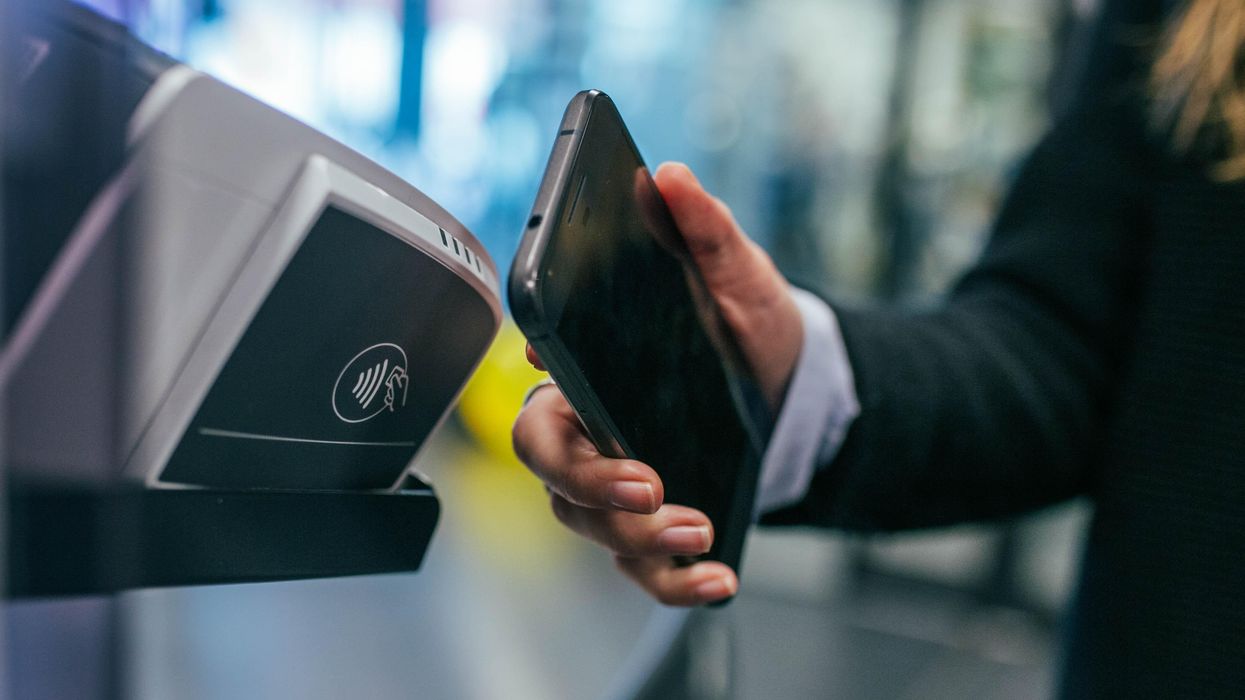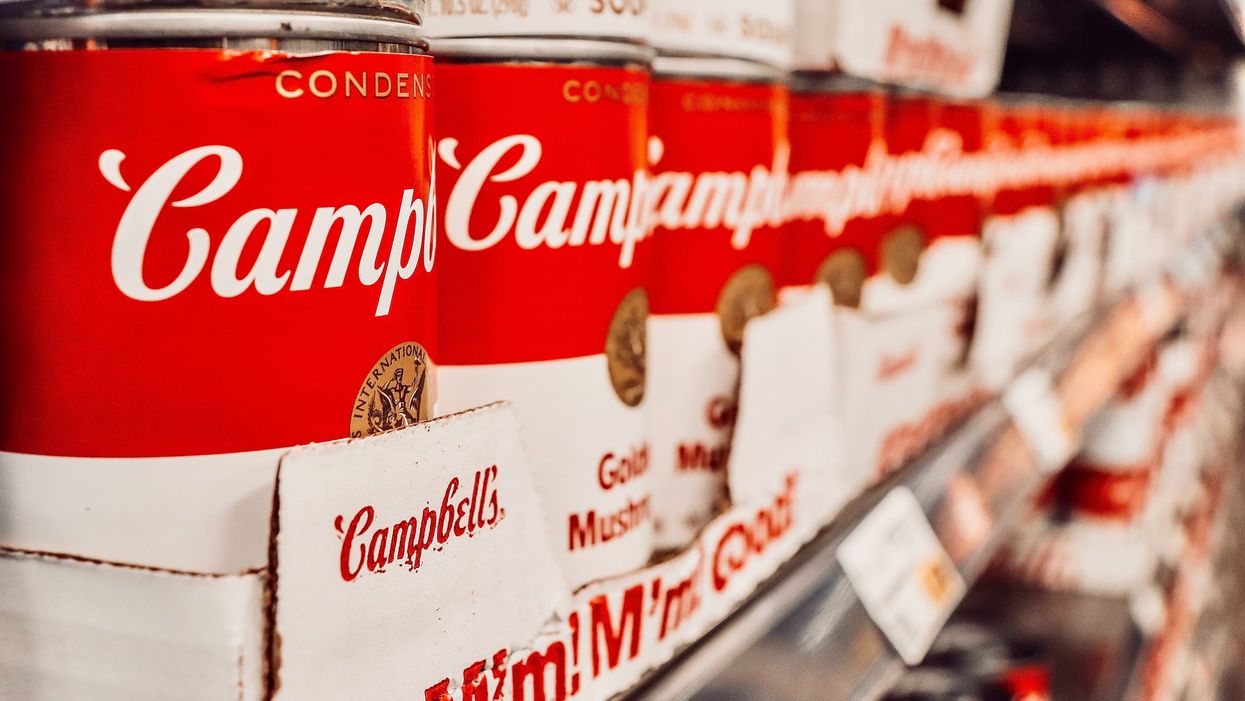This year may have brought a shift away from pandemic-era patterns. But when it comes to shopping, consumers are emerging with reshaped expectations.
As more people turned to ecommerce, they got comfortable ordering from a vast assortment of goods and having it delivered fast. That meant they became accustomed to shopping experiences that centered the customer, and offered different options that fit with what they wanted in a given moment.
The change wasn't only on the consumer side. Any discussion about the shifts that this period brought would be incomplete without considering the transformation that took place in at the operational level among retailers who stood up and scaled ecommerce operations quickly to meet demand. This may be where one of the most lasting impacts of the pandemic lies. Retailers today are outfitted with capabilities that may have otherwise been implemented over many years. They aren’t abandoning them, but only building and developing them further to keep pace with expectations.
One of the brightest examples of this lies in the grocery industry. Online grocery shopping went from nice-to-have to a necessity, introducing many parts of the population to ecommerce in the process. Now, it’s one of the stickiest categories of ecommerce in the post-lockdown period, McKinsey experts said.
Despite all the change that took place, the transformation at many grocers is by no means complete. Even now, 90% of grocers categorize their ecommerce operations as somewhat or not at all sophisticated, according to a recent survey from FMI.
This is in part due to the complexity involved. When it comes to new capabilities, pickup and delivery get the most billing, but it goes deeper. The digital transformation required not only technology to be implemented, but also the creation of shopping experiences that are the norm in retail categories like apparel to a business that requires handling big orders, perishable items and weekly visits. They also had to account for the challenges that come with an industry that historically runs on low margins. Currently, only 51% of grocers report profits from their ecommerce business.
Importantly, grocery is also built as an omnichannel business, with both ecommerce fulfillment and in-store shopping often taking place under the same roof. Many grocers also updated their in-store technology alongside adding new capabilities to send goods out.
Payments fuel ecommerce expansion
One of the largest operational changes is taking place in payments.
“In the pandemic, with more consumers choosing to shop online, grocers were forced to update their payments strategy,” said Pedro Carvalho, head of sales at Primer.io, an automation platform for payments and commerce. “They needed to provide consumers with the payment methods that they wanted to increase payment acceptance rates and checkout conversion. The end result is a better experience for consumers with food retailers massively expanding their payment options, and adding payment methods ranging from Buy Now Pay Later and express checkout options to new payment service providers [PSPs],” such as Stripe or Square.
To get there, they first had to understand their customers. Grocers have some unique challenges. For one, grocery stores attract everyone, so their businesses must often cater to a diverse customer base.
“Grocers often rank as some of the biggest retailers in each country. This means that they need to cater to a wide variety of consumers, who all have their payment preferences,” Carvalho said. “By working with these payment methods, either at the point of sale or online, grocers are better able to cater to their wide consumer base, and give their consumers a seamless check-out experience.”
The pandemic also saw a spike in use of payment methods that were built for ecommerce, such as Apple Pay or buy now pay later. Grocers must also consider how these not only provide for a transaction, but can help market to new consumer segments, and potentially lower costs.
“This helps grocers boost their top line sales and shave expenses off their bottom line,” Carvalho said. “This makes it essential to not just work with more payment options, but also develop healthy relationships with them, in order to remain competitive and provide consumers with the best prices.”
As systems continue to be stood up and improved, there will be recognition of how they can integrate with different parts of ecommerce that not only help shoppers easily find items and check out, but also reach their door. Primer.io is seeing more examples of this, as grocers seek to orchestrate payments with other kinds of tools.
“For example, we have grocers using Primer to connect their shipping provider to their payment services in order to automate money flows based on the shipping status,” Carvalho said. “To that end, we’re working with an Asian supermarket that is linking its loyalty program to its payments workflows. We’re working with another grocer that is automating customer service tasks based on the payments data it receives.”
These workflows have typically been difficult to create. With the technical work and maintenance required, a large roadmap measured in weeks and months would be necessary. Primer set out to make the path simpler by offering a single underlying infrastructure for online payments. The retailers can build on top of their existing payment stack, so new payment and commerce providers can be added and managed without new integrations or development work.
“With Primer, these flows can be built in minutes by anyone in the business–with no code,” Carvalho said. “As a result, we’re seeing appetite from grocers to truly blend payment and commerce suppliers to give customers a great shopping experience.”
Meeting expectations around the world
It’s not only individual industries like grocery that have specific methods, either. As a global company, Primer is seeing how merchants behave differently in different regions of the world.
Europe is seeing more fragmentation of payment options, while Asia is seeing more digital payments generally, so there’s a big focus among grocers there on adding local payment methods, including wallets and bank-to-bank transfers, in those regions.
In the US, grocers are increasingly looking at payment optimization.
“We see grocers adding extra PSPs, creating redundancy strategies so that they can still accept payments if one of their providers fails, adding retry workflows and more to improve payment acceptance,” Carvalho said.
The evolution may not be uniform everywhere, but the point of technology like Primer's is that it doesn't have to be. What's true across the digital landscape, however, is that change will continue moving forward. To keep pace, grocers must ensure that they nourish consumers not only with food, but with great shopping experiences, as well.












